What is the growing season for plants, its duration for vegetables, shrubs and trees
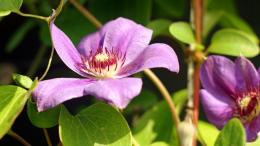
Every gardener or gardener needs to know that a particular crop has its own life cycle and its own development phase.
If you know these points in advance, you can adjust the growing process and plant growth, which will have a positive effect on the yield in the future.
This article indicates the growing season for plants that can most often be found in greenhouses, vegetable gardens and orchards. We will talk about fruit bushes, trees and vegetables.
Content:
- What is the growing season of plants, when does it begin and end?
- The duration and period of the growing season, what factors influence their duration
- Growing season table
- Growing season of currants, grapes, roses, and other shrubs
- Vegetation of fruit trees
- Reducing the period, methods of influencing its duration
What is the growing season of plants, when does it begin and end?
To begin with, it’s worth understanding what it is vegetation. This is the process of plant development and growth in each climate zone. For annual crops this is one life cycle, for perennial crops it is another. However, throughout the entire year, or throughout life, a cyclic repetition of identical transformations occurs.
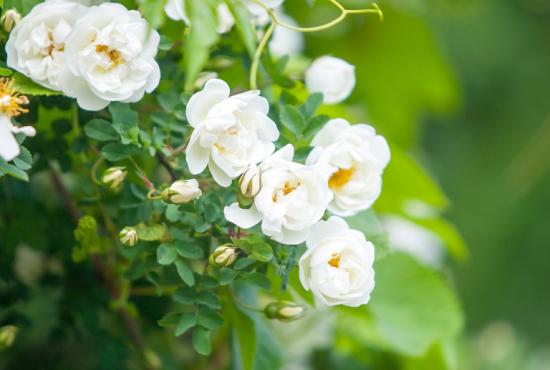
Some associate this process with vegetation, however, these are different things.The growing season determines the period or period responsible for planting, ripening and harvest time, and the growing season determines growth and development.
Each variety has a specific growing season. If we take the general indicators, then it begins in the spring, and ends in the autumn.
The duration and period of the growing season, what factors influence their duration
The term and period are influenced by climatic conditions, so each zone has its own indicators. Due to bad weather conditions, the fruits on the plants do not always have time to ripen, so it is necessary to reduce the time frame and harvest ahead of schedule.
In warm and good weather, some plants are able to bear fruit several times per season. Such a favorable climate accelerates the process and allows crops to grow and develop at maximum speed.
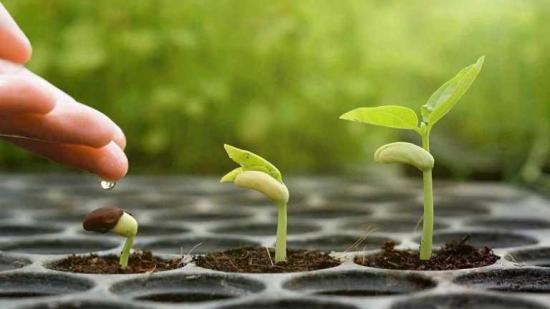
The length of time is also influenced by the type of vegetation; for some crops it can last more than a year, for others - several months.
Professionals noted that each type of vegetation has phases that allow the plant to prepare for changes.
For example, closer to winter, growth stops and a phase of slow development begins, but by spring the vegetation is ready for active growth, the crop wakes up.
The length of daylight also influences the process. The longer the day, the more active the growth, this especially affects vegetables and berries.
After flowering, perennial crops spend all their energy collecting nutrients, so fruit ripening does not occur as quickly as we would like. Trees spend a lot of time preparing for the next season and winter time; at this stage, the plants feed and accumulate energy.
If we talk about the timing of the growing season, then this interval does not always begin the same.
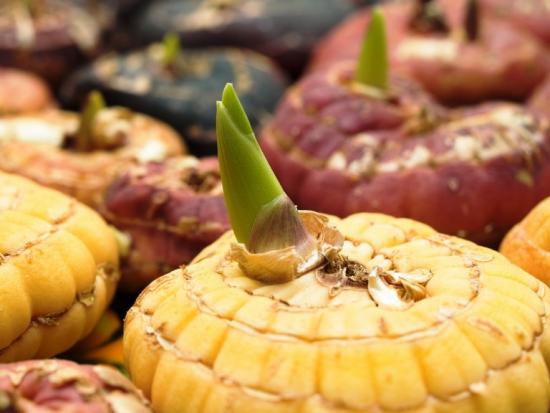
The following factors influence this:
- humidity;
- night frosts;
- when the snow melts;
- when the first warmth comes;
- feeding and nutrients.
If one of these factors is missing, a delay occurs. To begin development, the temperature must be at least plus five degrees; this is the optimal regime for all crops in our zone.
Growing season table
Let's consider some options for the growing season regarding vegetable crops.
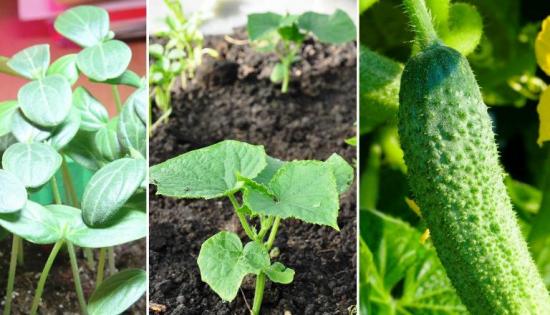
| cucumbers | For early-ripening vegetables, it lasts about one hundred days; for late-ripening varieties, the period takes about one hundred and fifteen days. Twenty-five, forty-five days pass from the beginning of planting to the beginning of flowering |
| Potato | The growing season lasts from one hundred ten to one hundred thirty days. The time interval is influenced by the type of crop and its characteristics. This period is calculated from the beginning of the appearance of sprouts until the bush dries out. |
| Tomatoes | For an early ripening variety, the growing season lasts approximately seventy-five days, while for late tomatoes the duration is up to one hundred and thirty days. |
| Radish, onion and carrot have the same growing season | The period is about two years. The first begins from the moment the root crop and bulb are formed, the second begins when the fruits are used for cultivation. |
Let's watch a video about the growing season of plants and learn about the rules for caring for cucumbers:
Growing season of currants, grapes, roses, and other shrubs
Consider the table regarding shrubs.
| currant bush | Its development begins in early spring, with the swelling of the buds, which occurs in early March. Growth and development in the future depends on climatic conditions.On the warm, southern side, budding and flowering are observed earlier than on the northern side. After fourteen days, inflorescences form; flowering lasts no more than a week. |
| Gooseberry bush | A feature of this crop is the early growing season, which is earlier than that of other shrubby vegetation. The formation of buds and flowering is observed from twenty to twenty-two days, ripening and growth lasts two months |
| Raspberry bush | The growing season begins in the last days of March. The development of all shrubs occurs at the same time. The growth and ripening of berries lasts for two to three months. |
grape bush
For this crop, the growing season is more complicated; it begins in the spring, covering all the summer and autumn months, and this is repeated every year.
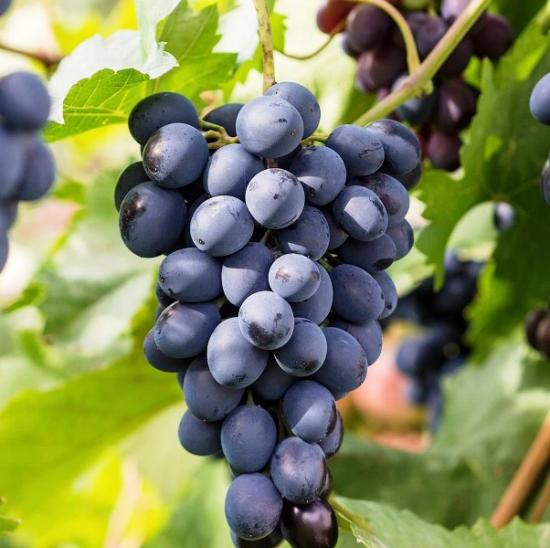
It is divided into six stages:
- The first stage is called sap flow. This phase includes swelling and formation of buds, development and maturity of shoots. This stage usually lasts from twelve to sixteen weeks.
- The second stage includes the development of inflorescences and active growth of the bush. Depending on the age of the bush, it takes from four to ten days.
- Third stage. This includes the flowering process until the time of cluster formation. According to the time interval, this occurs over eight to fourteen days. This happens at the end of May, beginning of June.
- Fourth stage. This includes the growth and development of berries. It lasts from thirty to sixty days. This happens in mid-June and lasts until August.
- The fifth stage is fruit ripening. This process takes from twenty to sixty days, it all depends on the grape variety. The growing season occurs in the last days of June and lasts until October.
- The sixth stage is leaf fall. The period takes from thirty to forty-five days; it is during this period that the vine fully ripens and the growing season ends.
Let's watch an interesting video about the vegetative period of grapes:
Rose vegetation
In terms of time interval, the growing season continues for many years. From three to five years, shoots develop and actively grow. From five to twelve years, active flowering is observed.
The last stage occurs in the fifteenth year of life, growth and flowering stop completely.
Vegetation of fruit trees
The growing season for trees is not the same as for vegetables, berries and flowers.
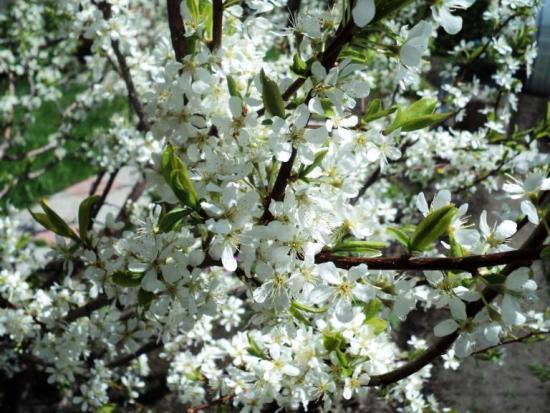
Here are some examples:
- Apple tree. The beginning of the growing season in early and middle varieties is observed in early spring, when the air temperature reaches above zero, from plus five degrees. The main thing is that the heat is maintained throughout the week, then the buds begin to form and swell, which indicates the beginning of the process. The last days are accompanied by leaf fall, this happens in October-November.
- Plum and cherry. The beginning of the term is the tenth - twentieth of April. The onset is manifested by the opening of buds, which takes no more than fourteen days. The middle of it is flowering, which occurs in the first days of May. The period ends with the fall of leaves.
- Pear. The period begins from the moment of warming, when the air temperature outside is at least plus six degrees. At the beginning of the growing season, the roots of the tree become stronger and buds appear. The time interval ends like other fruit trees.
Reducing the growing season, methods of influencing its duration
For various reasons, it is sometimes necessary to shorten the growing season to speed up fruit ripening and harvest.
To go beyond the time frame without damaging the plants, you need to perform several manipulations:
- Planting of tomato and cucumber seeds begins in February. Since the temperature outside is sub-zero, planting is carried out in special flowerpots, containers are installed on the windowsill, or bushes are grown in greenhouses. This method is very productive, especially for vegetable crops.
- However, this option is not suitable for growing cabbage, since only leaves will grow instead of fruits. Here you need to act a little differently, using fertilizers and special substances to slow down flowering and speed up growth.
Gardeners use another reduction option. This method is more suitable for fruit trees.
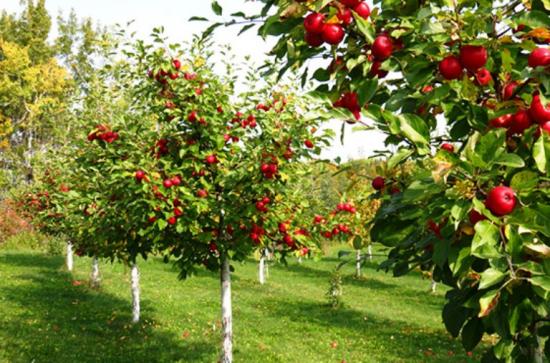
At the end of autumn, the trees are well filled with mineral fertilizers. During the winter months, when it is freezing outside, it is necessary to protect the tree roots with snow. These actions will promote active flowering and good growth.
So, the growing season of plants is individual for each crop. It can be affected by weather conditions, temperature changes and other factors. If you take into account all the nuances, the gardener is able to exert such an influence on his own.

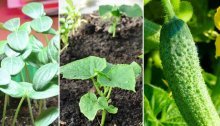
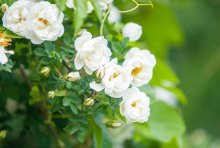
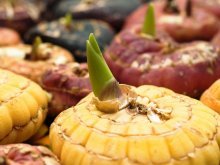
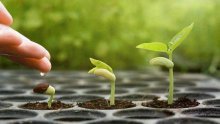
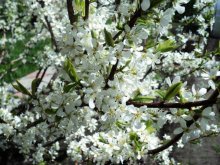
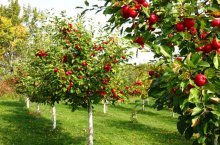
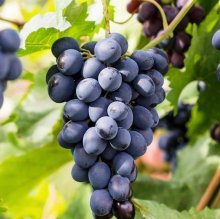
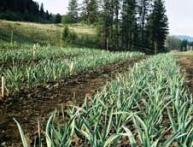
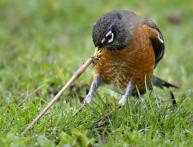

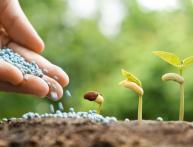
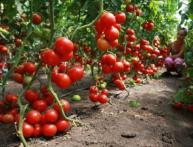
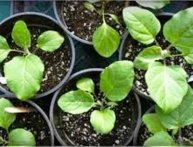
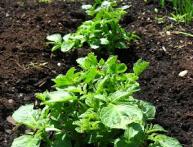
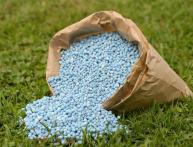
Comments
Knowing the growing season of different varieties of vegetables and fruit trees. You can select the optimal crops for your region. So that they all have time to ripen during the warm season.
Unfortunately, now the growing season is very difficult to predict. The weather is very strange; there has never been a winter like this year. Or rather, there was no winter at all. And what kind of summer awaits us? Will anything grow?